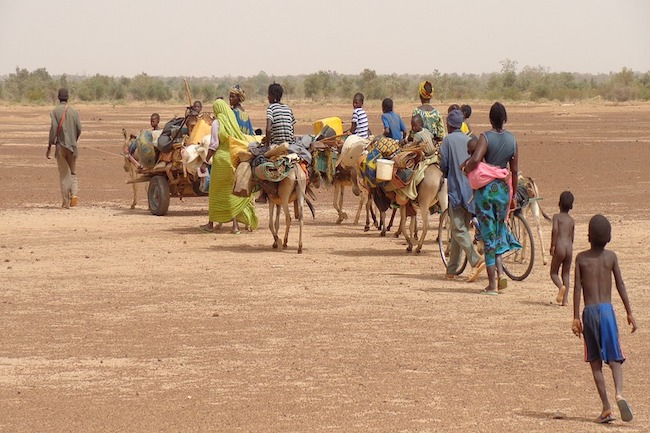CDC OWNS YOUR CHILDREN by Hardscrabble Farmer for The Burning Platform
If you are not home schooling at this point, there’s really no reason to keep on parenting. May as well cede all parental rights and make them wards of the State.
Guidance for COVID-19 Prevention in Kindergarten (K)-12 Schools
Key Takeaways
- Students benefit from in-person learning, and safely returning to in-person instruction in the fall 2021 is a priority.
- Vaccination is currently the leading public health prevention strategy to end the COVID-19 pandemic. Promoting vaccination can help schools safely return to in-person learning as well as extracurricular activities and sports.
- Masks should be worn indoors by all individuals (age 2 and older) who are not fully vaccinated. Consistent and correct mask use by people who are not fully vaccinated is especially important indoors and in crowded settings, when physical distancing cannot be maintained.
- CDC recommends schools maintain at least 3 feet of physical distance between students within classrooms, combined with indoor mask wearing by people who are not fully vaccinated, to reduce transmission risk. When it is not possible to maintain a physical distance of at least 3 feet, such as when schools cannot fully re-open while maintaining these distances, it is especially important to layer multiple other prevention strategies, such as indoor masking.
- Screening testing, ventilation, handwashing and respiratory etiquette, staying home when sick and getting tested, contact tracing in combination with quarantine and isolation, and cleaning and disinfection are also important layers of prevention to keep schools safe.
- Students, teachers, and staff should stay home when they have signs of any infectious illness and be referred to their healthcare provider for testing and care.
- Many schools serve children under the age of 12 who are not eligible for vaccination at this time. Therefore, this guidance emphasizes implementing layered prevention strategies (e.g., using multiple prevention strategies together consistently) to protect people who are not fully vaccinated, including students, teachers, staff, and other members of their households.
- COVID-19 prevention strategies remain critical to protect people, including students, teachers, and staff, who are not fully vaccinated, especially in areas of moderate-to-high community transmission levels.
- Localities should monitor community transmission, vaccination coverage, screening testing, and occurrence of outbreaks to guide decisions on the level of layered prevention strategies (e.g., physical distancing, screening testing).
Summary of Recent Changes
- Added information on offering and promoting COVID-19 vaccination.
- Updated to emphasize the need for localities to monitor community transmission, vaccination coverage, screening testing, and occurrence of outbreaks to guide decisions on the level of layered prevention strategies.
- Revised to emphasize the COVID-19 prevention strategies most important for in-person learning for K-12 schools.
- Added language on the importance of offering in-person learning, regardless of whether all of the prevention strategies can be implemented at the school.
- For example, because of the importance of in-person learning, schools where not everyone is fully vaccinated should implement physical distancing to the extent possible within their structures (in addition to masking and other prevention strategies), but should not exclude students from in-person learning to keep a minimum distance requirement.
- Updated to align with guidance for fully vaccinated people.
- Updated to align with current mask guidance.
- In general, people do not need to wear masks when outdoors.
- Added language on safety and health protections for workers in K-12 schools.




